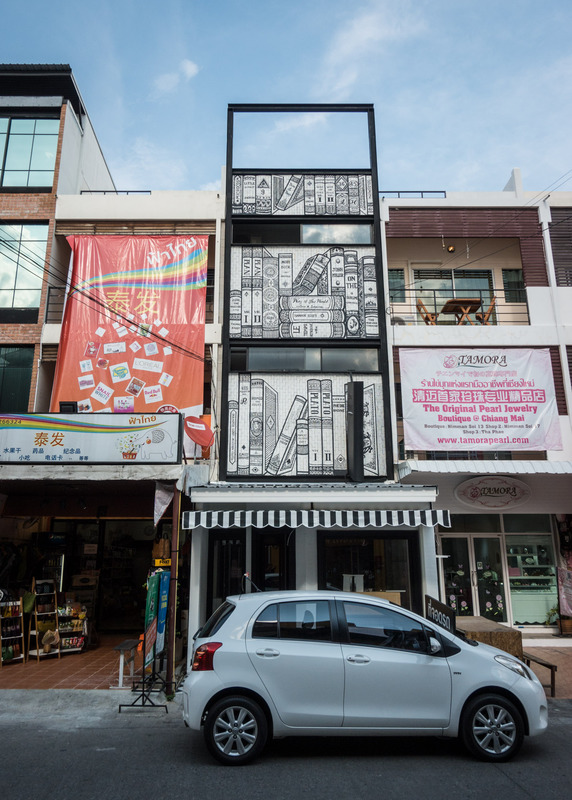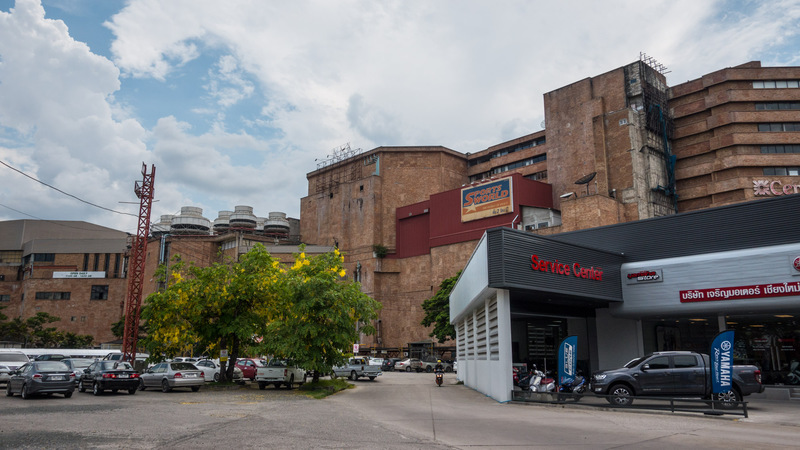Unwinding in Chiang Mai
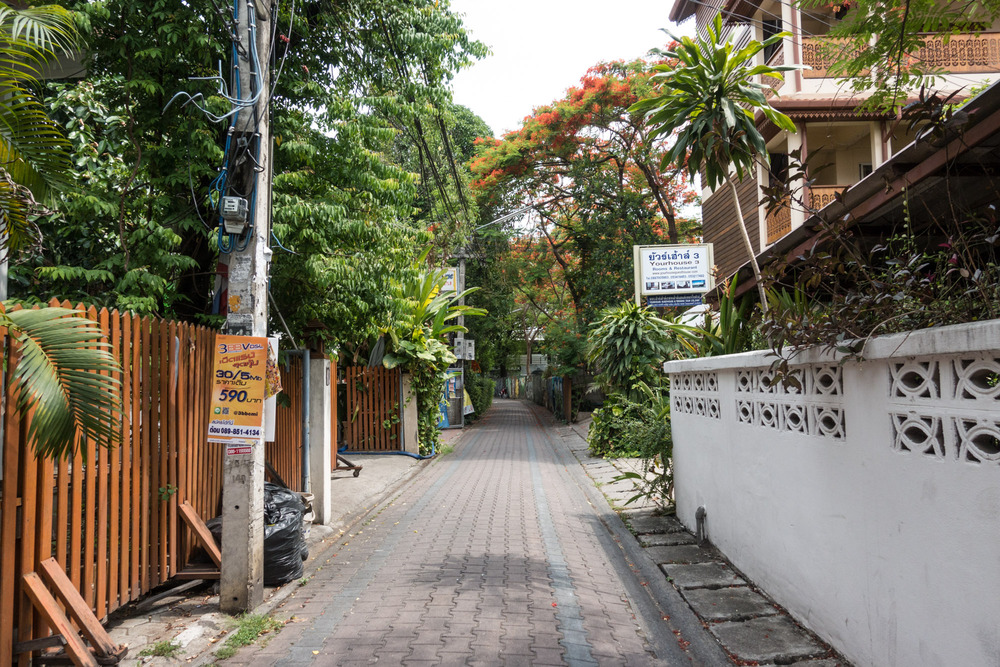
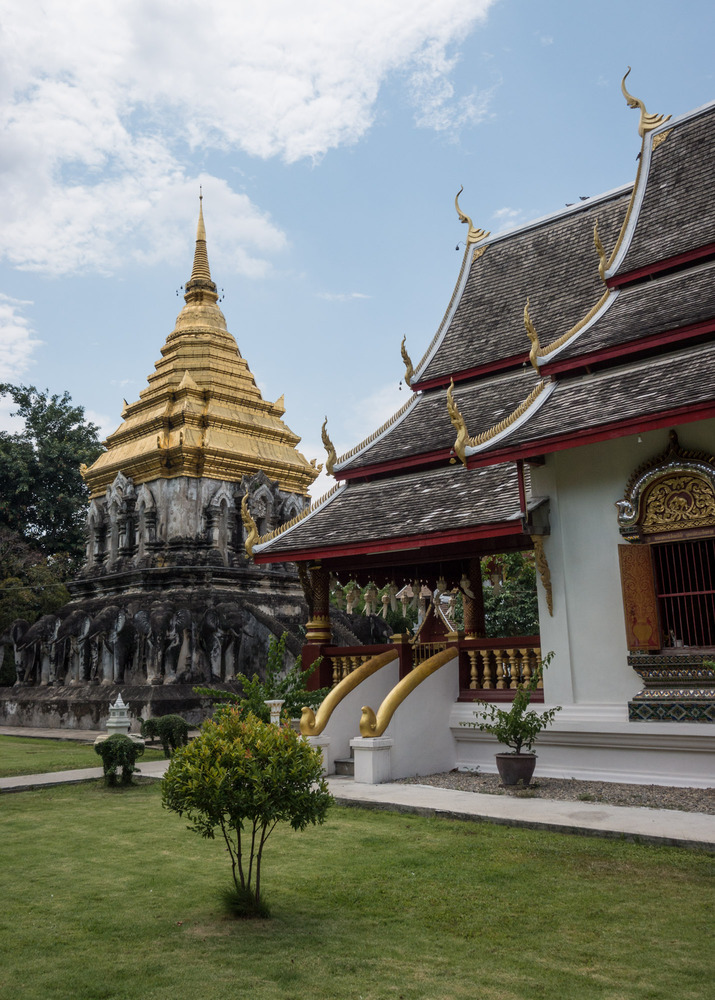
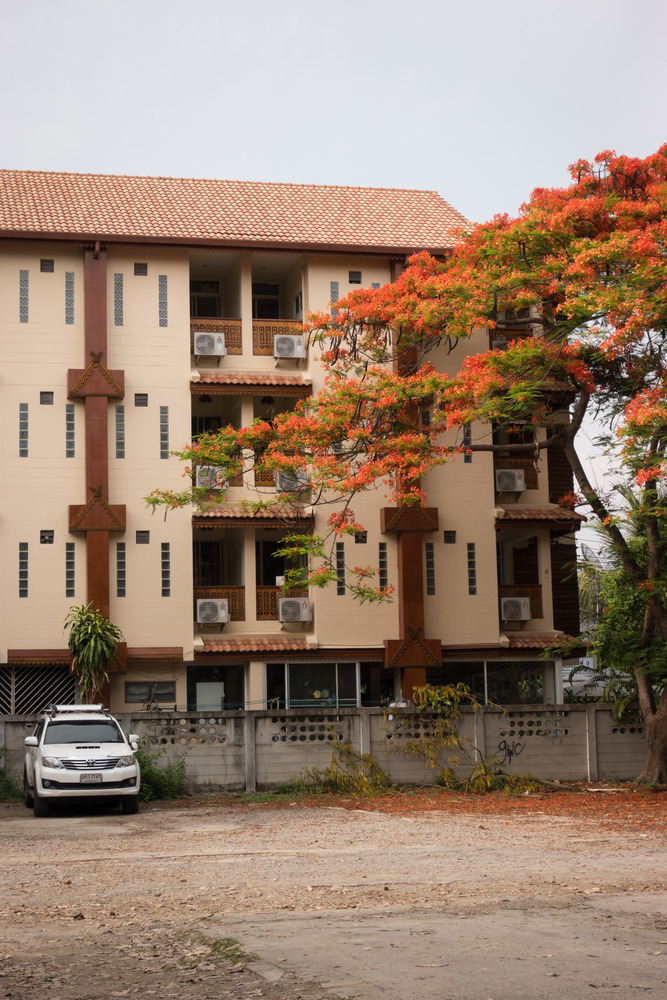
Chiang Mai is the largest city in northern Thailand. Our time here was marked by slow meandering, good food and coffee, and interesting discussions about Thai culture. In the heart of the old city, we felt a world removed from the bustling crowds of Bangkok.
We stayed within the walls of the old city. Stone gates stand at four points around the city, and there’s still a moat showing the extent of the old walls. The rest of the barriers have been lost to time. The city is dotted with hundreds of temples, many located within the old city walls. It seemed like we ran into temple walls on every other block, and golden spires were always visible above the other city buildings.
We wandered through just a handful of the temples in Chiang Mai. Despite sharing many of the same religious motifs, all of them were slightly different. Some temples showed more age while others were newly repainted, a few had large manicured lawns, and many had elaborately gilded roofs and windows. While some temple grounds seemed deserted, others were full of both domestic and international tourists. In one particularly large temple, we ran into a talkative man from Bangkok who explained that his family vacations in Chiang Mai every year. And that by the way, he’s excited because he’s getting married next week.
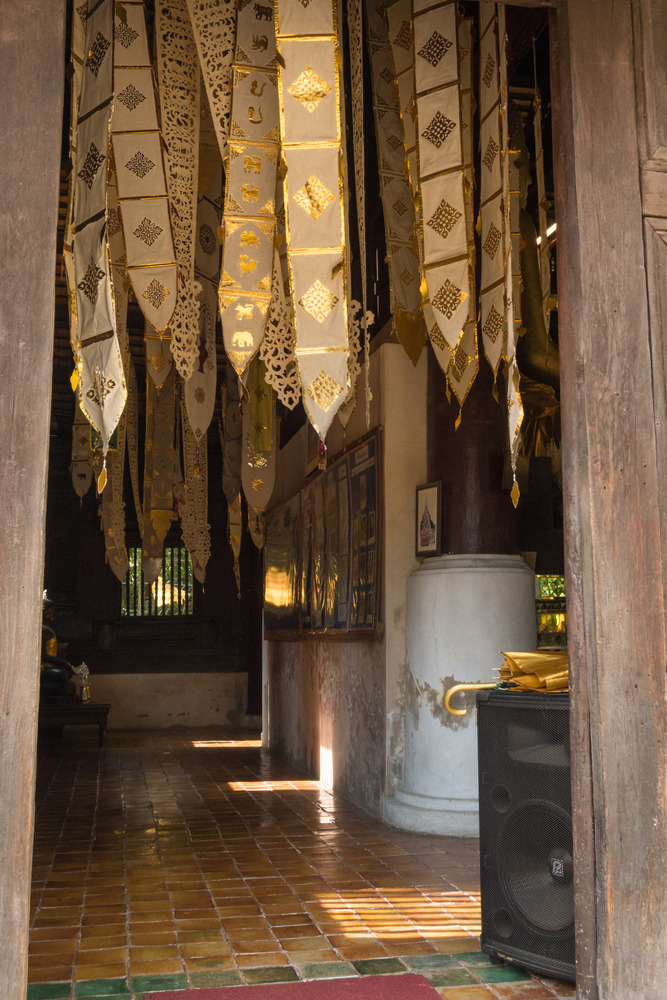
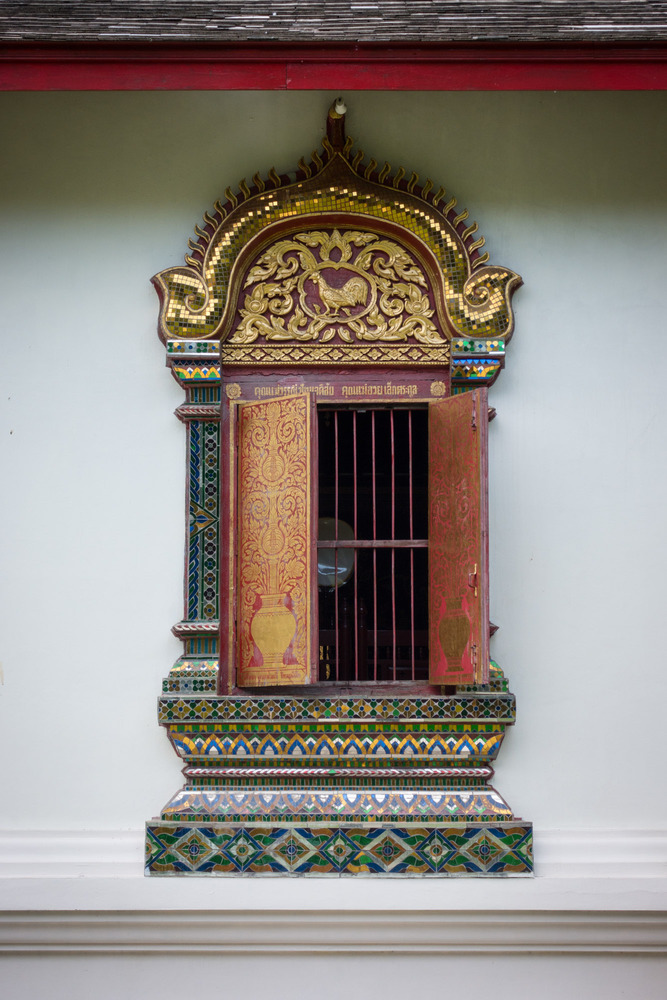
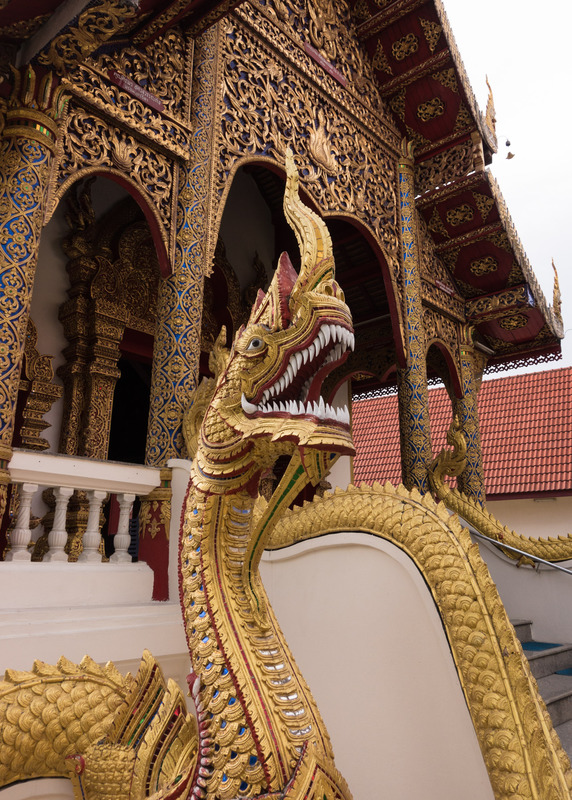
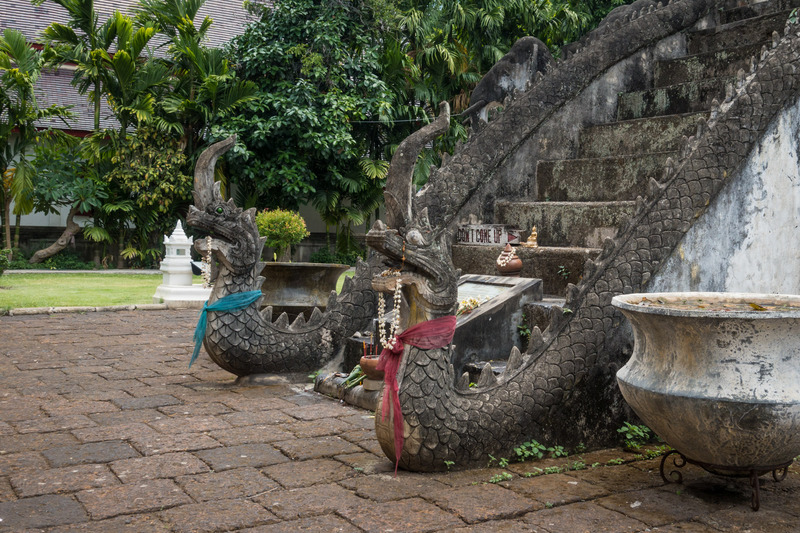
The old city is full of small alleys, most accessible only by foot or motorbike. A couple wider ones could accommodate cars or a bright red communal taxi known as a songthaew. The alleyways are lined with small shops, coffee bars, and restaurants.
My favorite shop was called Origins. This store specializes in collecting and selling traditional Thai handicrafts and antiques. We spent a while chatting with the proprietor and expressed our interest in languages and the minority peoples of Southeast Asia. We shared some things we’d learned while in Vietnam, and received a couple of book recommendations. The store looked like a labor of love, and felt almost like a museum. While examining the glass case in back, the owner pointed out different types of old Thai currency, a variety of phosphorescing stones called “naga eggs” or “snake eggs”, traditional tattoo needles, and a slew of other things. On the walls, there was a variety of woven textiles; he showed us some examples of hand-dyed silk mutmee, also known as ikat.
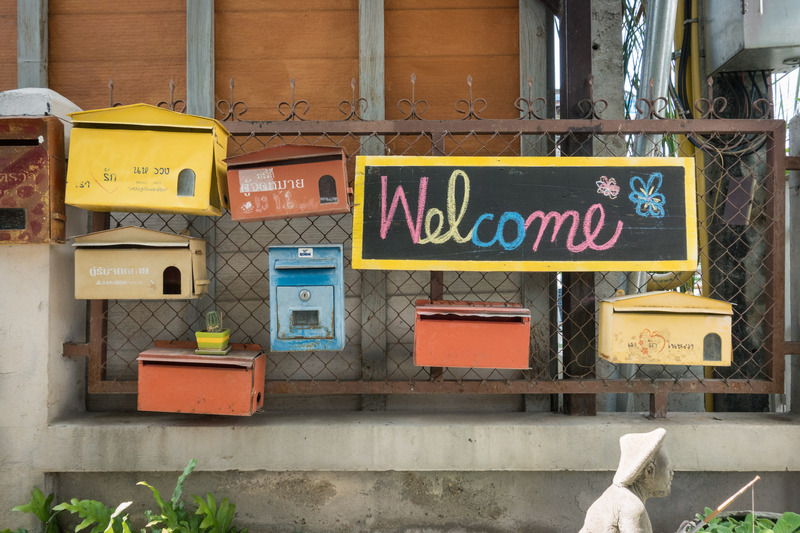
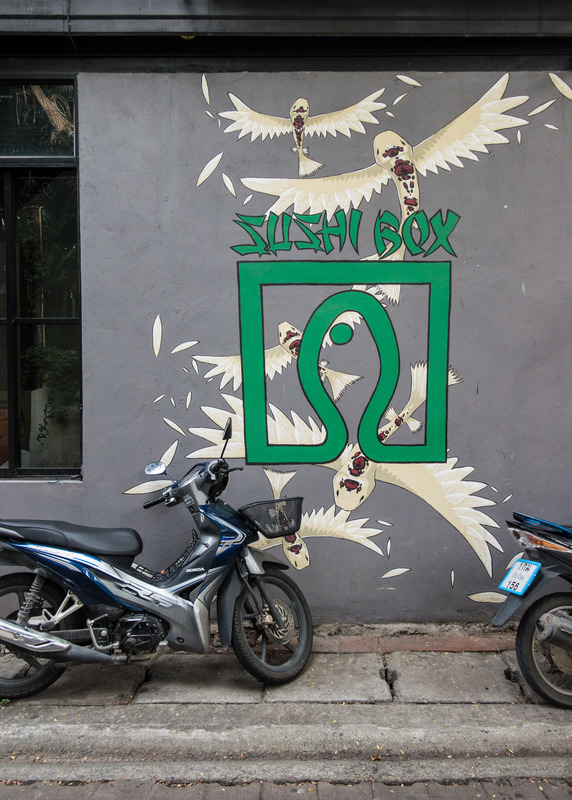
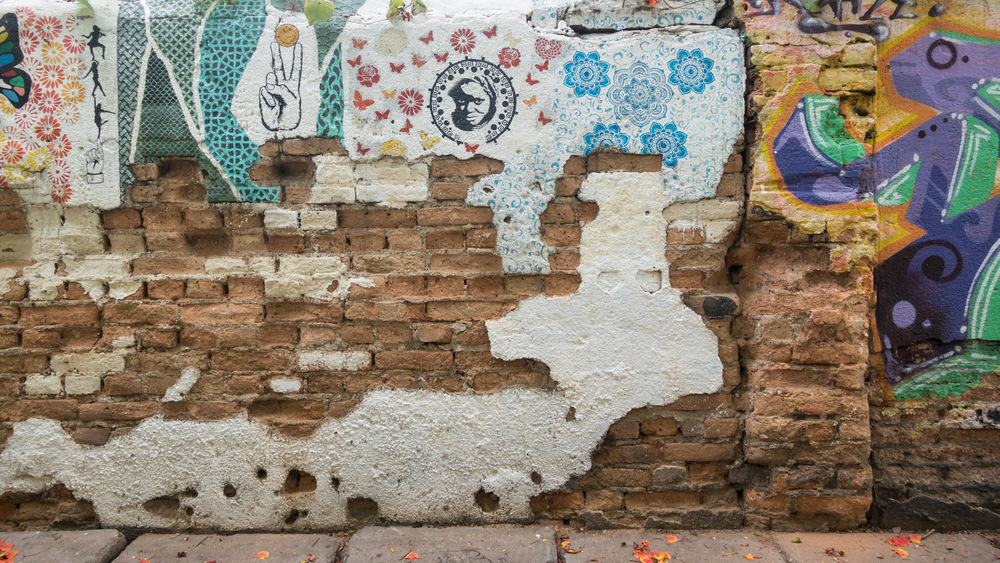
Out of the handful of cafes we visited in Chiang Mai, Ponganes Coffee Roasters served the best coffee. I also enjoyed the cafe’s general design: the logo was elegant, the wooden shelves were utilitarian yet beautiful, the decorations on one shelf were charming and minimal, the bench seating was comfortable, and the over-the-bench movable tables were novel. The overall effect was a clean and refreshing cafe that we enjoyed returning to at the end of our visit.
One evening, we stumbled upon a restaurant called By Hand Pizza Cafe. This corner restaurant served some of the best pizza I’ve ever had. The crusts were thin and crispy, while the ingredients were simple and fresh. A friendly black lab lazed about under the tables, and the beer was refreshing. We returned at least two other nights, partly because it was so close to our hotel, but mostly because it was just so darn good.
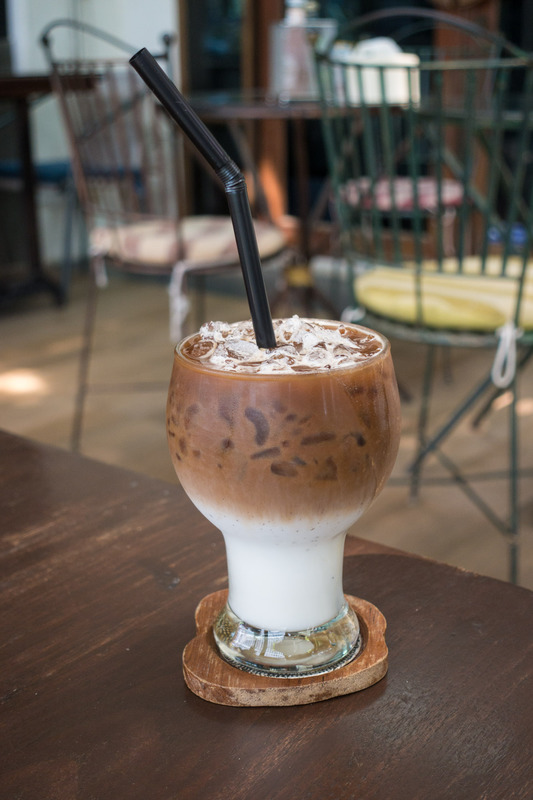
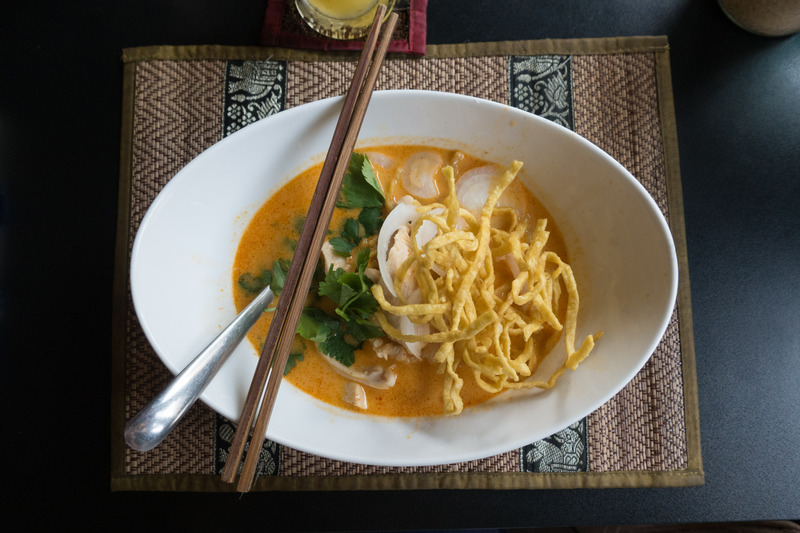
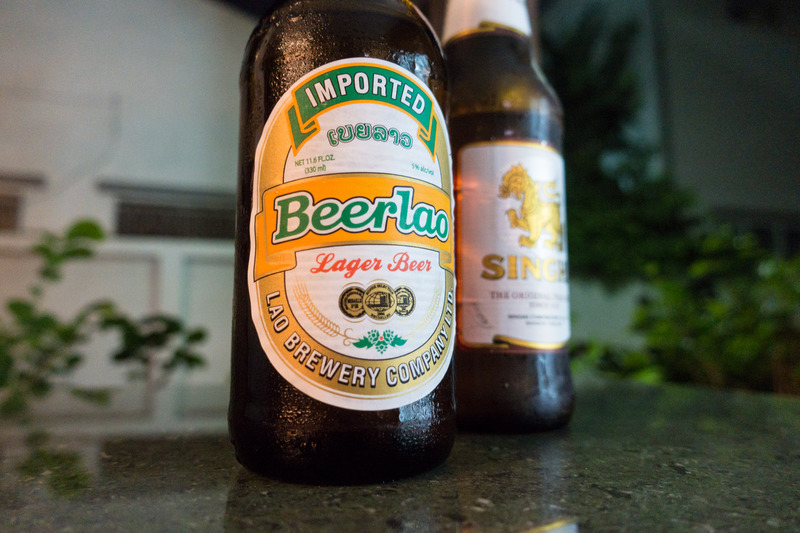
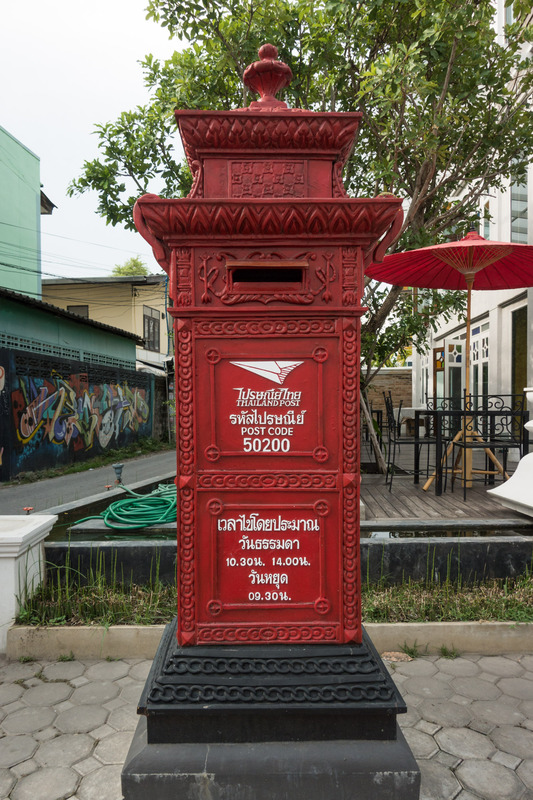
We took a walk one afternoon to the neighborhood of Nimmanhaemin. On our way there, we passed a large parking lot for a somewhat dismal mall, and then wandered through an art supply store. Nimmanhaemin is a neighborhood with creatively decorated facades, boutiques, restaurants, and bars. I distinctly remember at least four cafes advertising mango drinks. If we’d had more time and energy, we could have spent significantly more time exploring the many shops. Jake and I enjoyed meandering through the alleys before making our way back to our hotel.
